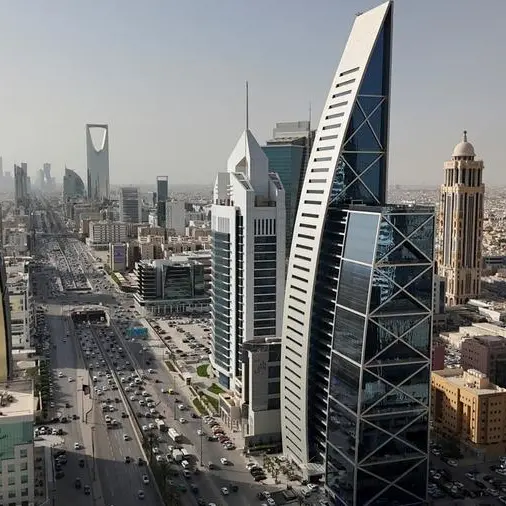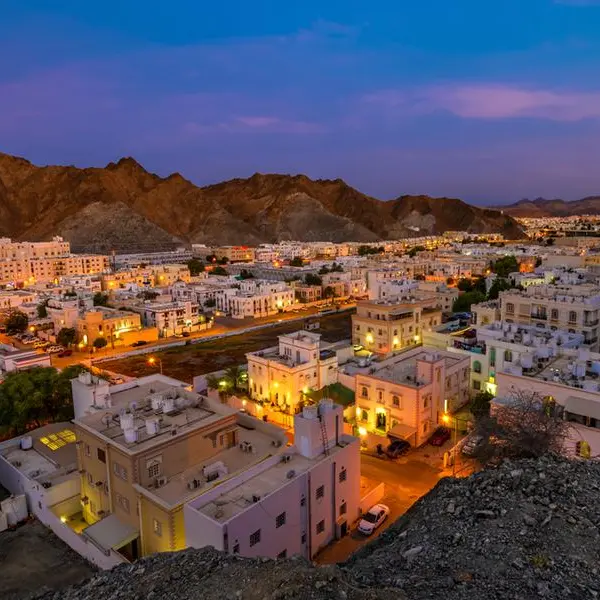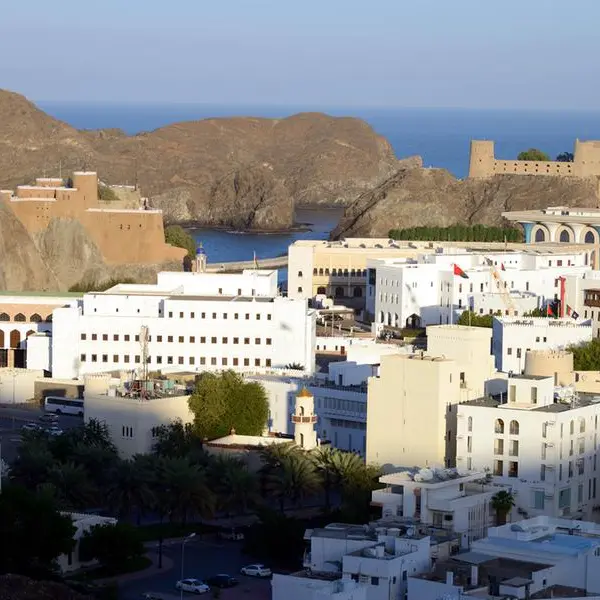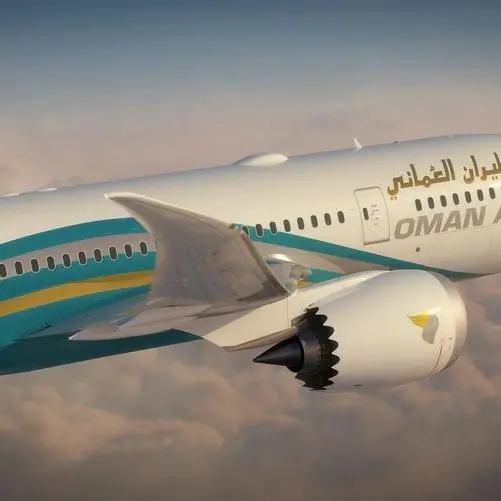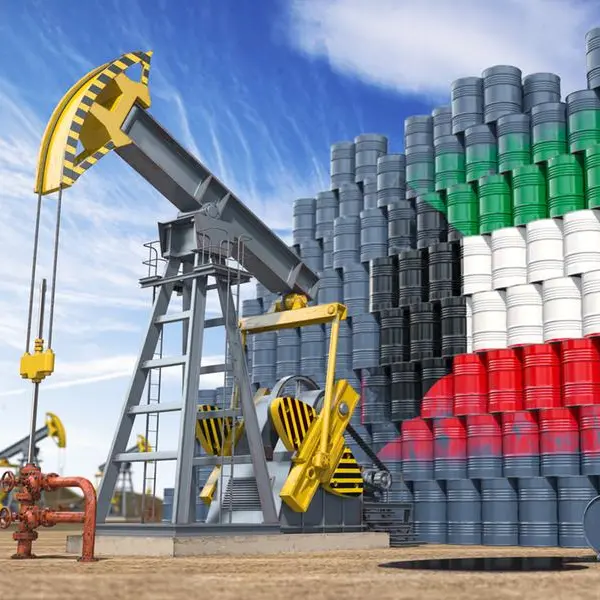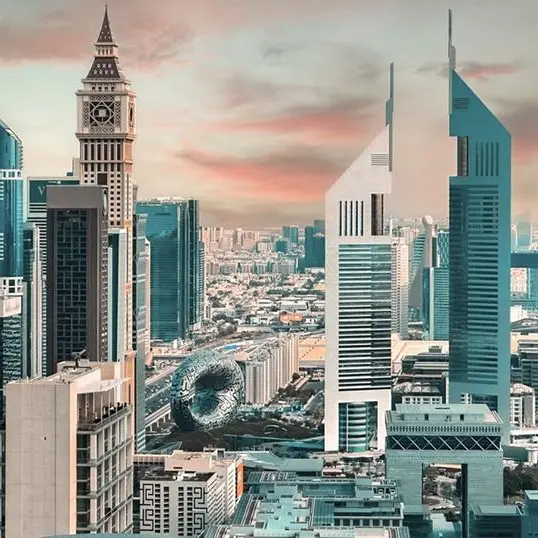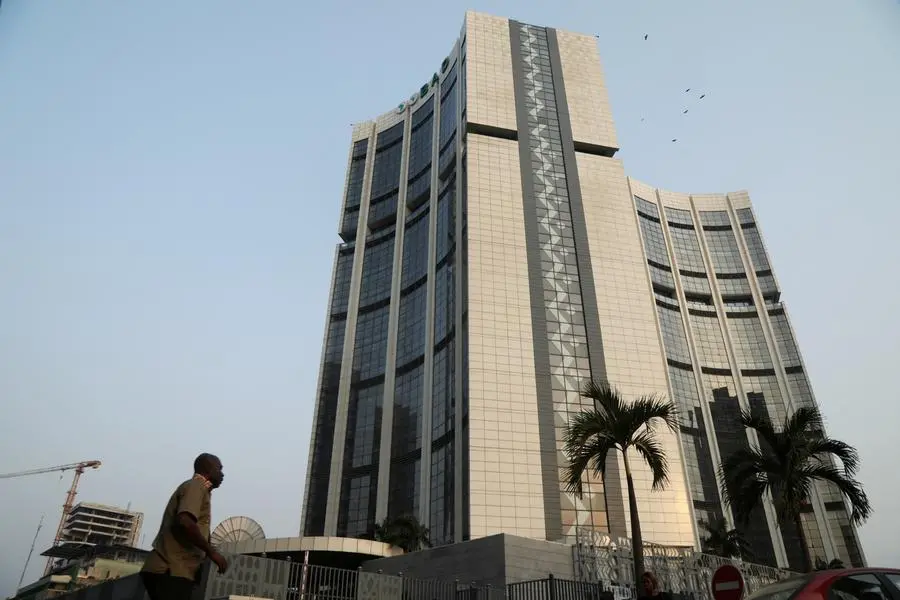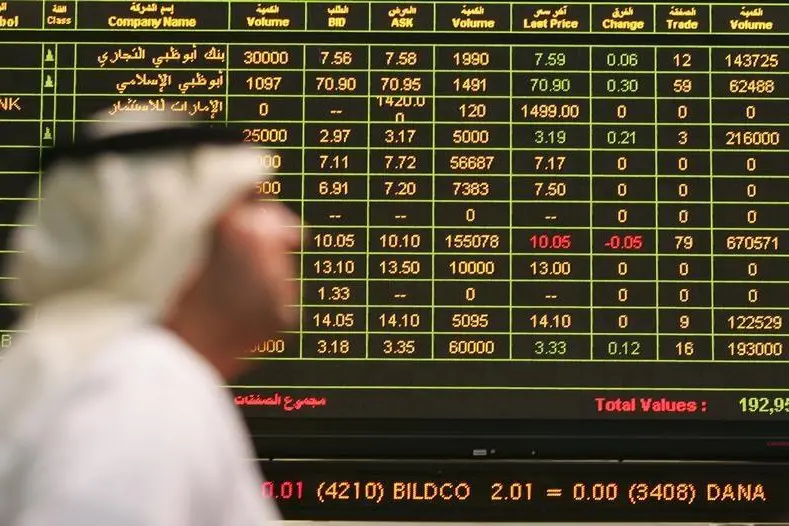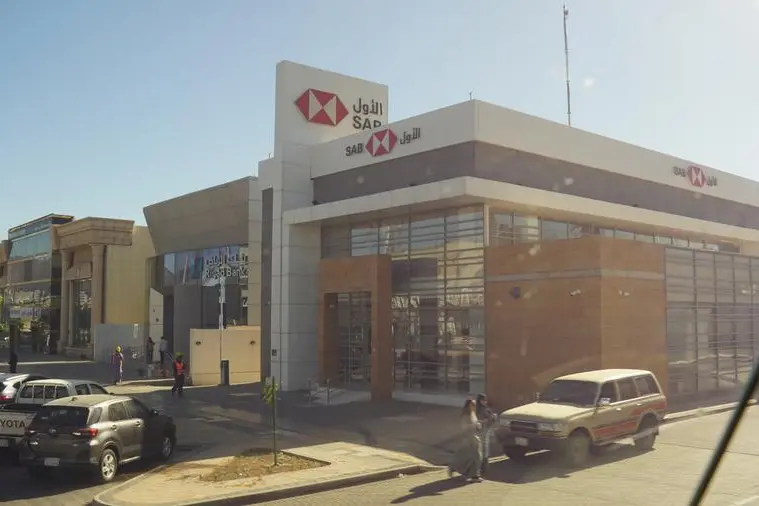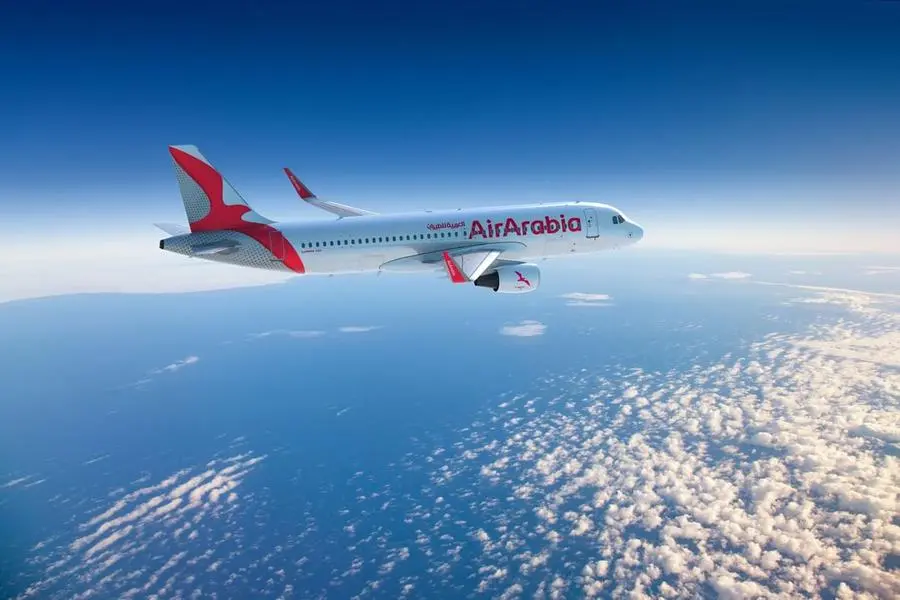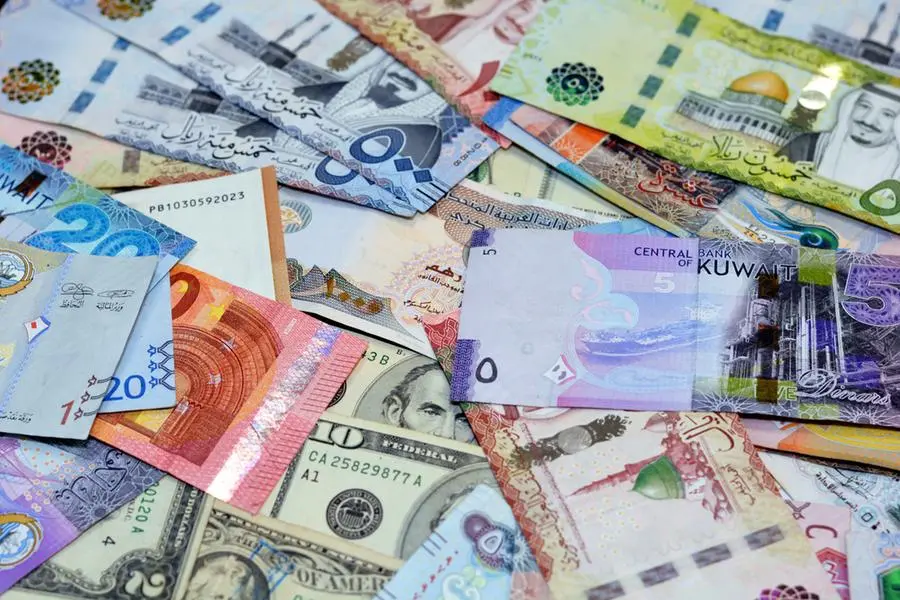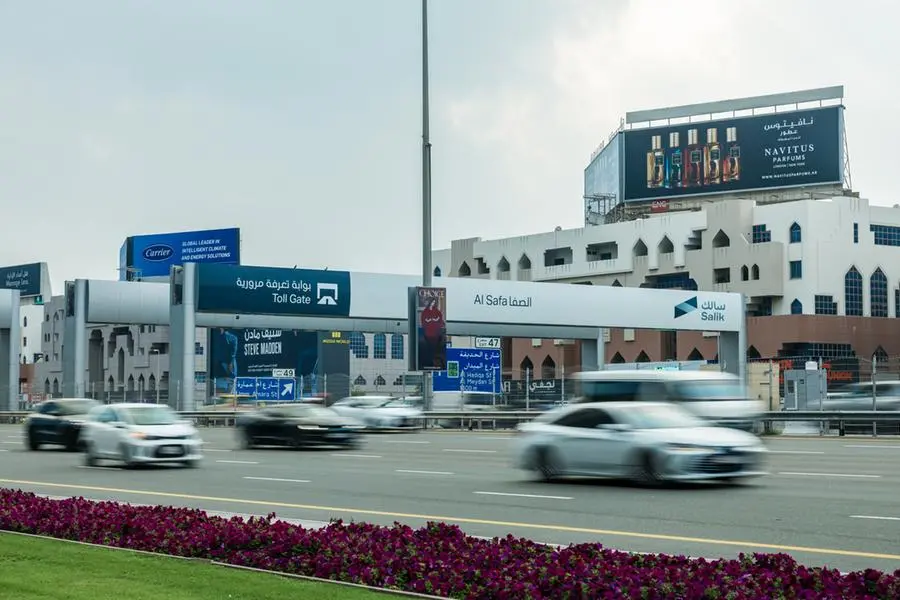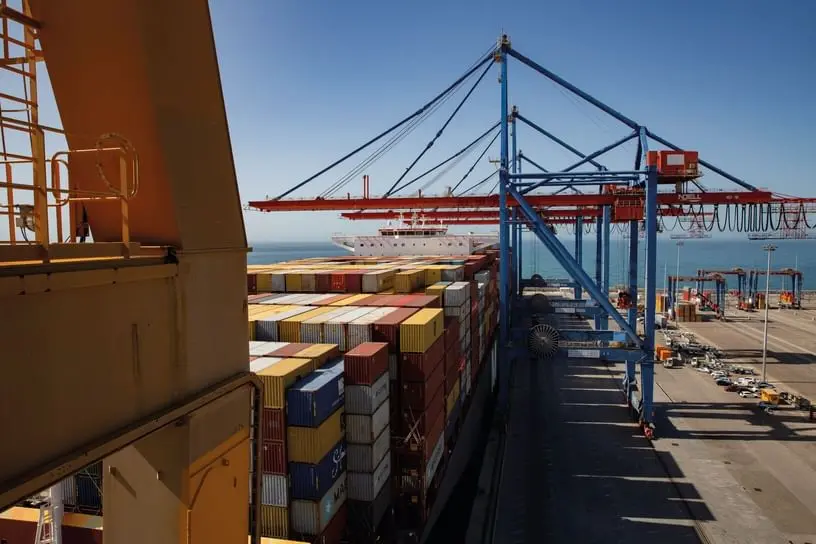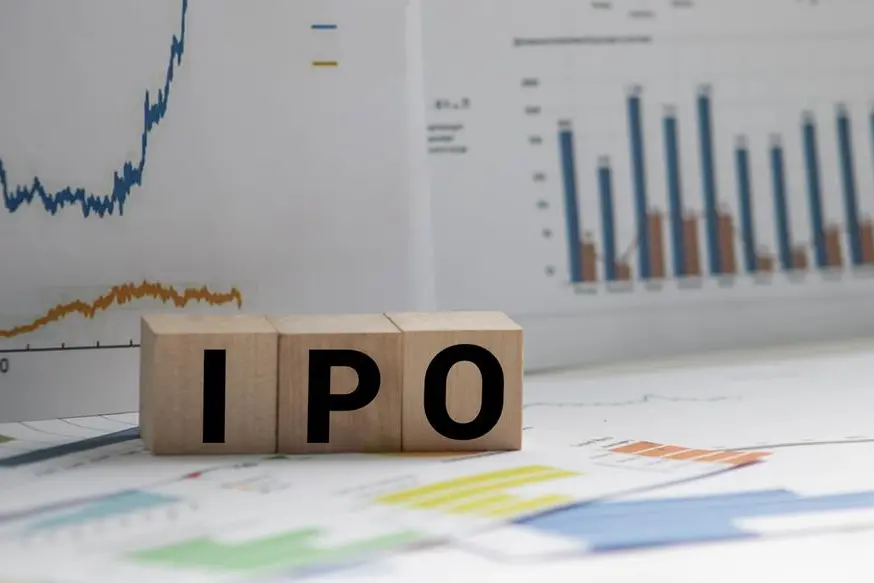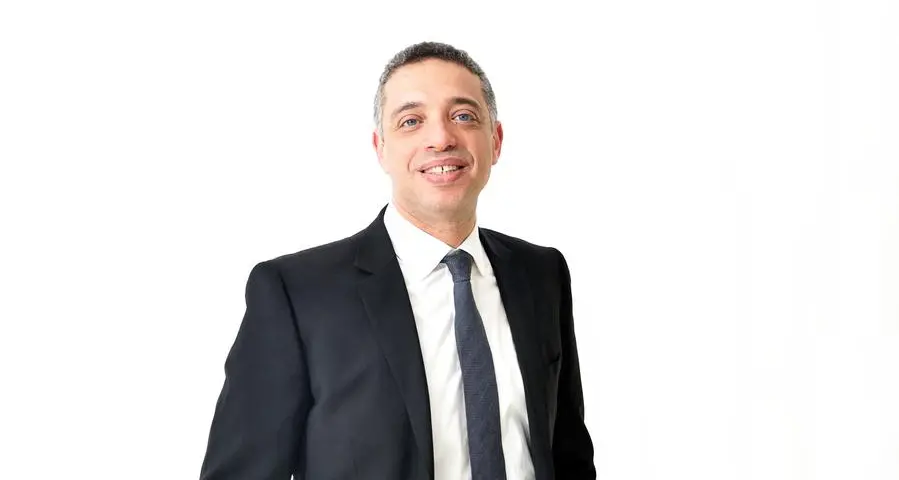PHOTO
Polygonal brain shape of an artificial intelligence with various icon of smart city Internet of Things Technology over Group Of Multiethnic people using social network, AI and business IOT concept
The UAE, which is on track to double the contribution of its digital economy to GDP to 19.4 per cent from 9.7 per cent in 10 years, is expected to spend $20 billion in technology. - Shutterstock
The Middle East and Africa region will see the world’s fastest spending growth in artificial intelligence, surging at a compound annual rate of 29.7 per cent over the 2022–2026 period to $6.4 billion in 2026, driven by the UAE and Saudi Arabia, the region’s most vibrant economies.
According to the latest forecast from International Data Corporation, in 2023, spending on AI in the Middle East and Africa (MEA) — including Israel — will reach $3.0 billion, accounting for just 2.0 per cent of the global total at $151.4 billion.
The UAE, which is on track to double the contribution of its digital economy to GDP to 19.4 per cent from 9.7 per cent in 10 years, is expected to spend $20 billion in technology, including IT, AI, robotics and blockchain over the next three years, according to a recent report from the Boston Consulting Group.
“The rapid adoption of cloud and digital transformation in MEA will result in AI being incorporated into many different products and solutions,” said Manish Ranjan, senior program manager for software, cloud, and IT services at IDC MEA.
He said organisations across the region are investing in AI technologies and related software and services to drive greater efficiency through automation and contribute to a more agile operating environment. “The effects of the pandemic have fueled further spending in relation to AI/ML adoption, particularly within the banking and finance, manufacturing, trade, healthcare, and government verticals.”
On the economic impact of AI for the Middle East, PwC projected that the region is expected to accrue $320 billion or 2.0 per cent of the total global benefits of artificial intelligence in 2030 estimated at $15.7 trillion.
In absolute terms, the largest gains are expected to accrue to Saudi Arabia where AI is expected to contribute over $135.2 billion in 2030 to the economy, equivalent to 12.4 per cent of GDP. In relative terms the UAE is expected to see the largest impact of close to 14 per cent of 2030 GDP, according to PwC.
The IDC’s Worldwide Artificial Intelligence Spending Guide noted that banking, retail, and federal/central government will be the MEA region’s biggest spenders on AI in 2023, followed by discrete manufacturing. “Together, these four industries will account for nearly half (44 per cent) of the region’s total AI spending in 2023. However, IDC expects professional services and transportation to be the fastest-growing industries over the five-year forecast periods, with respective CAGRs of 36.4 per cent and 33.9 per cent.”
“AI growth in the region looks very promising as businesses are increasingly investing in AI- and analytics and business intelligence (ABI)-based solutions in order to strengthen and expand their customer experiences, build digital capabilities, and drive innovation,” said Ranjan.
He said numerous challenges will accompany the region’s increasing adoption of AI, with the most critical being the lack of skilled resources such as data scientists, data engineers, and AI modelers. “However, the region has multiple initiatives in place aimed at upskilling local talent, with organizations in both the public and private sectors establishing partnerships to foster AI- and ML-specific learning,” said Ranjan.
Copyright © 2022 Khaleej Times. All Rights Reserved. Provided by SyndiGate Media Inc. (Syndigate.info).


